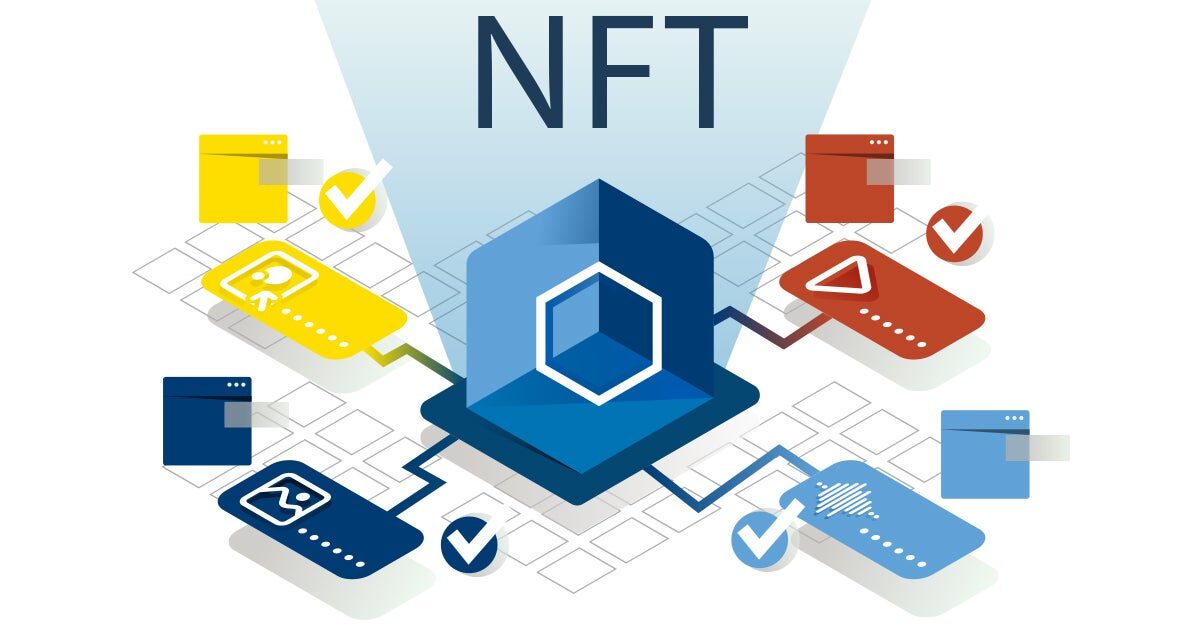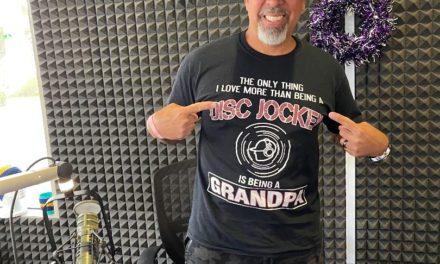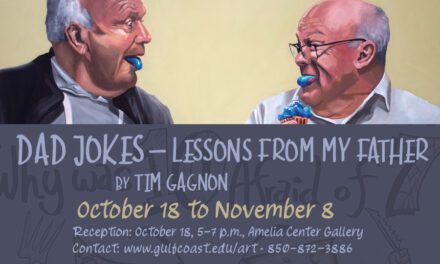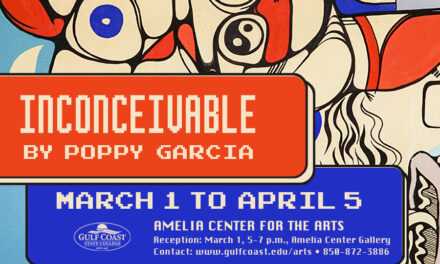NFTs, A.I. and art are currently intertwined and battling for control of the art world. The art industry is no stranger to corporations and other groups attempting to hijack the field for their own and often ill-intended purposes. Being underpaid, undervalued, overworked, and even dealing with art theft are commonplace in the art community but recent years have done their utmost to test the patience and will of artists ability to put up with these attacks on them and their field.
NFTs or Art?

NFTs are one of the more recent trends started by those obsessed with crypto currencies and blockchains. They attempted to hijack the art field and use it to sell “unique”, “limited”, or “one of a kind” pieces of art. One big problem here? All that someone owned was a link to the art and not the art itself. Why is this important? It was an attack to try and utilize the works of others to benefit their blockchain aspirations and was rampant with art theft anywhere you could find them. NFTs promoted ownership of nothing and hoisted art as a false focus to draw in people who didn’t have the desire or will to research them at all.
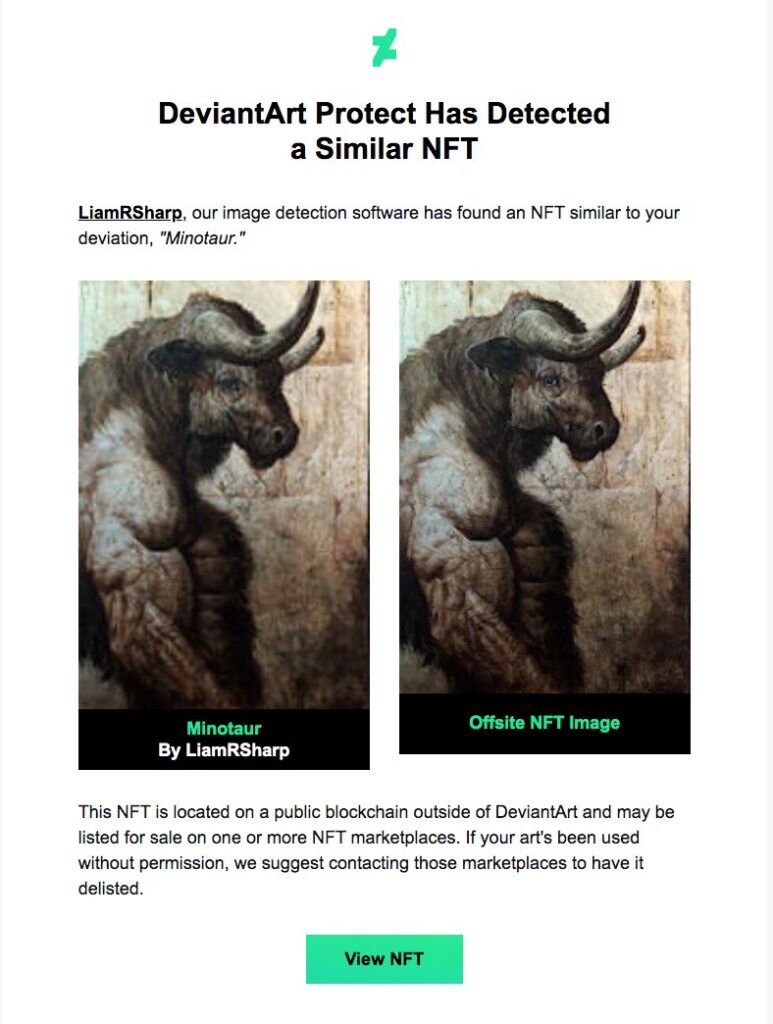
Many industries, corporations, and individuals attempted to adopt and promote NFTs and their mindless agenda. They were however, met with a remarkable degree of backlash from many artists and a vast degree of people in general. This shift happened in the art field as well as the gaming sector where companies began to try and promote plans to incorporate them into their games hoping gamers would be excited for them… They were not. The general hate for them was so intense that we have seen NFTs shrink and begin to disappear rapidly over the last year or 2. This was an incredible display of public opinion affecting a new medium that could have absorbed and/or greatly damaged the art industry, but it is hardly the only recent trend targeting artists and their work.
The Potential of A.I.
It’s hard to think of the field of A.I. and not see controversy. A.I., or Artificial Intelligences, can be applied to most any field through technology, which itself is growing rapidly. When is comes to the potential, it seems endless. Mathematicians using A.I. to handle mass amounts of data and calculations. A.I.s could one day drive and pilot vehicles, planes, and boats safer than humans. They could assist with research and development for companies. Factories could utilize them for operating robotics to boost production. A.I.s are even being able to learn and grow by themselves. The potential for A.I.s could greatly benefit humanity, if it is used carefully.
As such, these advancements must also tempered against moral and ethical dilemmas and responsibilities. What happens to the people and jobs these replace? When do we draw the line of how much we can replace? How can we support those no longer needed in the field? We now have to ask and think about these questions more and more when A.I. drifts into new fields. Like it is doing now with art.
Advancing or Regressing? The A.I. Dilemma

https://www.nytimes.com/2022/09/16/learning/are-ai-generated-pictures-art.html
The image above was made from an A.I. that was fed a series of prompts to build this. What makes it significant is that this was used by a person to win an art contest. No talent, no creativity, no effort, no heart but this peace built from a few keywords was given 1st place in an art contest over other real works of art. This is the dilemma now plaguing artists. If corporations get their way These new A.I. would replace artists in favor of machines to save them money. What they don’t ask is “But at what cost?”
A.I. art, though impressive from a technical standpoint, lacks human creativity and ingenuity. That means that A.I. works lack the emotions and ideas that make art so special. This is not the only negative aspect of A.I. art as they have a few things in common with NFTs. Namely, of course, is art theft. Some A.I. bots, if not many or most, work by analyzing actual artists and stealing their styles and techniques to produce hollow and blatant copies of their work. The very work of these bots is using the effort of real artists leaving little moral ground to defend the efforts of A.I. promoters when discussing their potential in the field.
That all leaves the question, what can we do to stop its spread and influence? Be vocal. Tell companies how you feel about the use of A.I. art bots but more importantly, speak with your wallet. Support real artists when you can or promote them and their work. Make sure not to support projects or companies who use A.I. ‘art’ at the same time. Money is what makes corporations listen, if they lose more money than they save, the choice is easy, go back to the artists.
Daniel Evans
Student Writer - Fall 2022
